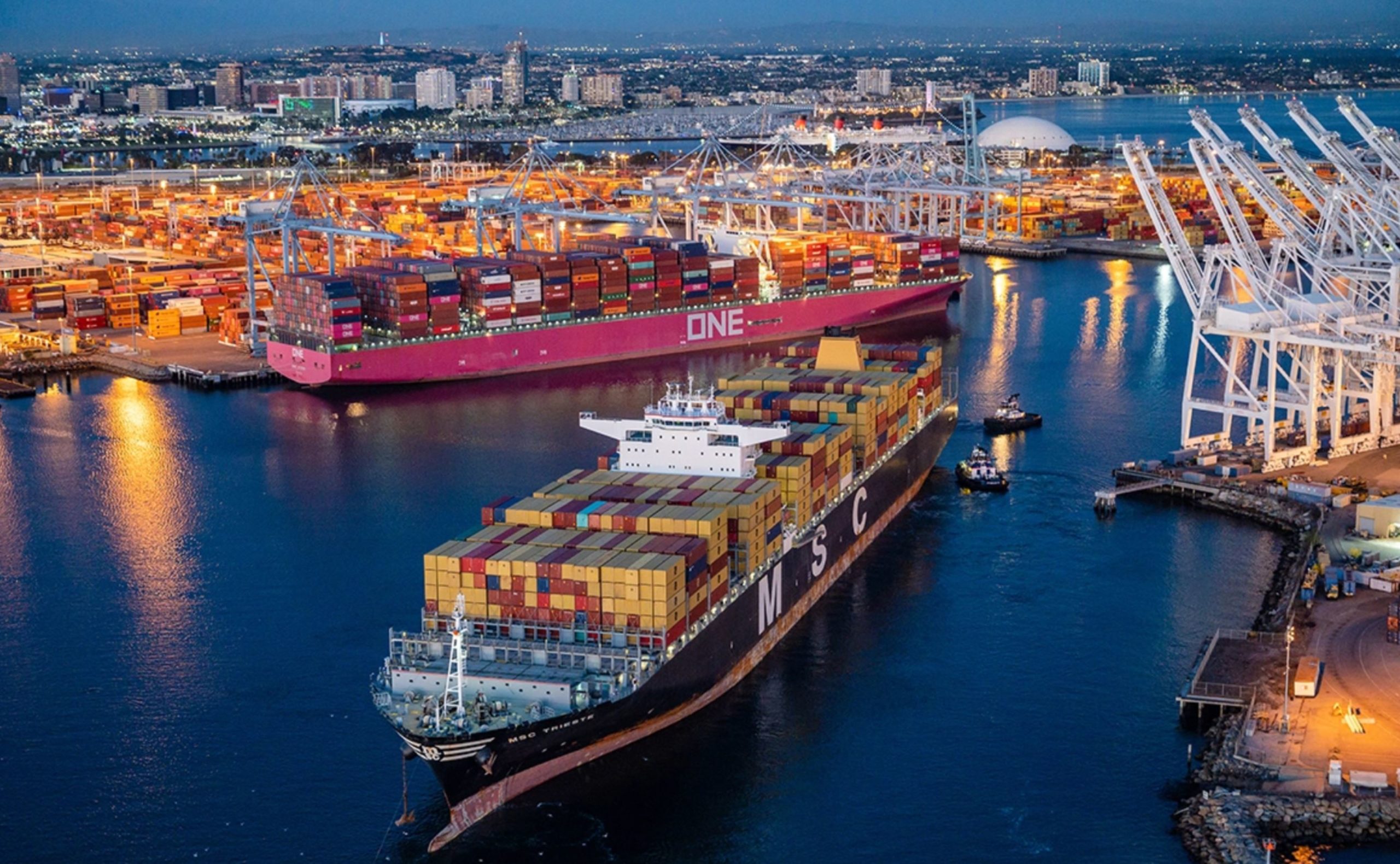 By Tyler Durden
By Tyler Durden
While it should come as no surprise to those who have been following our reporting on the epic bottlenecks and congestion across West Coast ports, Standard Chartered’s chief G10 FX strategist Steven Englander makes a remarkable observation, showing that based on the very close correlation between seasonally adjusted inbound containers and the US goods trade balance, then US is about to see an unprecedented explosion in its trade deficit which would push it to a record high, well north of $100BN. This, in turn, could have a profoundly negative effect on the US dollar and as Englander concludes “if the deficit is as wide as containers indicate, the USD downside risk may become clearer, especially with Fed commentary weighing on yields.”
As Englander summarizes the recent events, since the March spike in West Coast net inbound containers was exceeded only once in the past on reopening after a port strike, some “ugly trade deficit numbers are likely coming, with a March deterioration in the goods balance of USD10-20bn possible (a m/m deterioration of USD10bn happened only once in the past also in the aftermath of that port strike).” And while deficits can reflect good or bad economic developments, “when the central bank is openly advocating low real interest rates, exchange weakness is likely to result” according to the Std Chartered analyst.
Below we excerpt from Englander latest note which, if accurate, would have dramatic consequences for everything from macro data, to capital flows, and ultimately, to FX.
Whopping trade deficits likely
- Containers unloaded at West Coast ports hit an all-time high, seasonally adjusted
- Other ports likely saw inbound increases as well, avoiding unloading delays at West Coast ports
- Trade data do not often move markets, but low yields + a deficit spike are a powerful USD-negative duo
Unloading on West Coast ports
Normally the spring is a low point for US imports, but this year imports are unseasonably high because of strong demand and bottlenecks that emerged in 2020. When we seasonally adjust the inbound containers data, we find a sharp spike because the US is importing when it normally does not.
Easiest way to get your first Bitcoin (Ad)
Non-seasonally adjusted data are close to recent peaks, which suggests that ports are operating close to capacity. In GDP terms, this points to an ongoing high level of imports, possibly capacity limited, and some drawdown in inventories. We expect a USD current account deficit of 3.5% of GDP in 2021.
The imbalance between inbound and outbound loaded containers translates into a c.USD 10-20bn increase in the trade deficit in March.
The correspondence is not 1-1. Seasonal factors differ, and sometimes such container spikes are spread over two months of trade data, but we expect the trade deficit increase to be impressive, even if not quite as large as past relationships suggest.
Asset prices do not normally respond to trade releases, but if the deficit is as wide as containers indicate, the USD downside risk may become clearer, especially with Fed commentary weighing on yields.
Source: Zero Hedge
Become a Patron!
Or support us at SubscribeStar
Donate cryptocurrency HERE
Subscribe to Activist Post for truth, peace, and freedom news. Follow us on Telegram, SoMee, HIVE, Flote, Minds, MeWe, Twitter, Gab and Ruqqus.
Provide, Protect and Profit from what’s coming! Get a free issue of Counter Markets today.



Be the first to comment on "Why Record US Port Congestion May Lead To Historic Trade Deficit Blowout, Dollar Plunge"